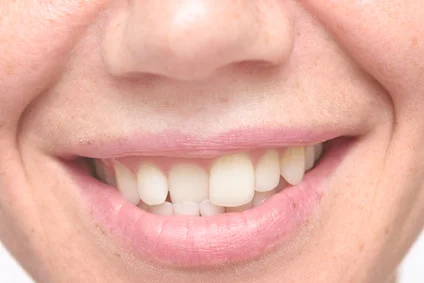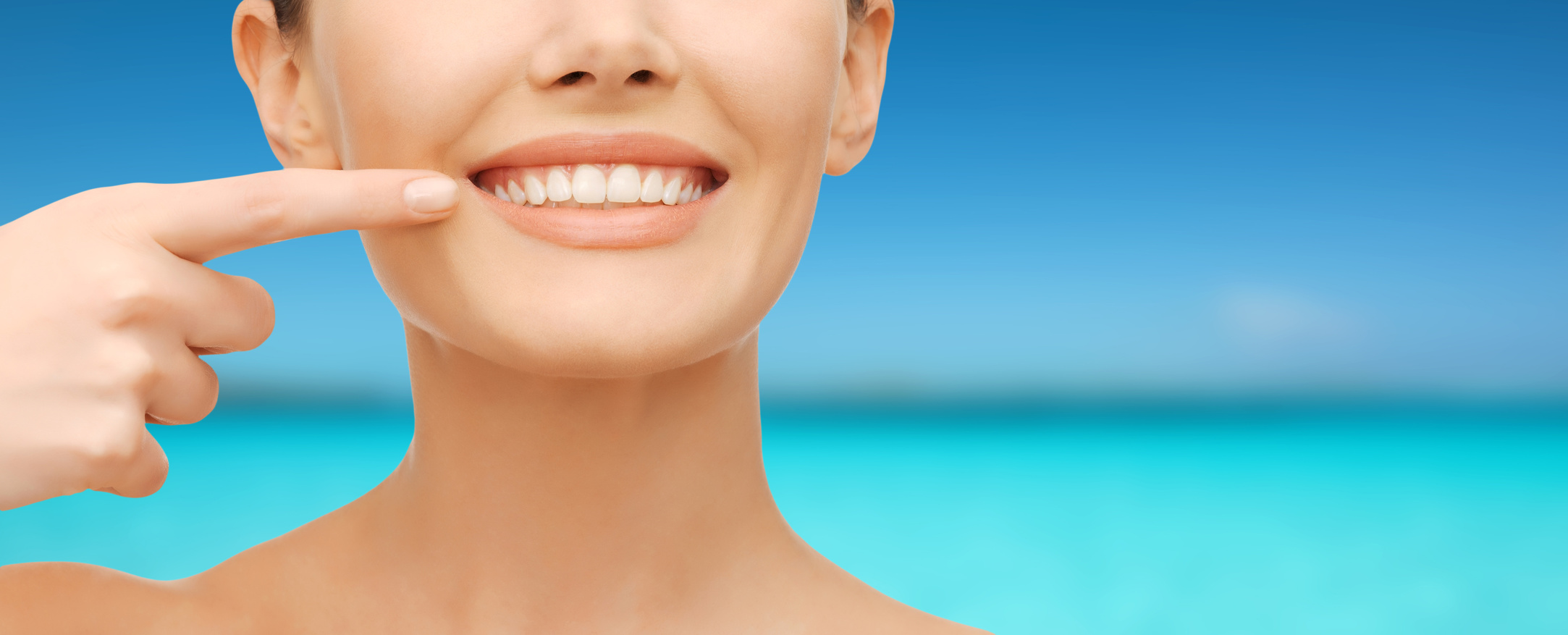Dental emergencies are not confined to teeth only. Many injuries to your gums, tongue, cheeks, palate, and lips need to be treated by a dentist. Some of the things which constitute a dental emergency are:
- One or more knocked out teeth
- Accidentally displaced tooth or teeth
- Loosened teeth
- Fractured teeth
- Injured lip
- Injured gum
- Injured cheek
- Injured inside palate
- Dislodged fixed or removable dentures
How soon should a dental emergency be treated?
Whenever you feel that you or anyone around you is having a dental emergency, get to a nearby hospital or dentist immediately. You cannot tell whether a delay will be tolerable or not. As mentioned earlier a delay can mean the difference between recovery and loss of a natural tooth.
What Should you do In Case of Dental Emergencies?
Here are certain steps you can take which will help minimize pain and damage. In all cases call the doctor for an emergency appointment, and in the meantime, follow the advice below.
Knocked-out Tooth/Teeth
Do the following actions roughly in the same sequence:
- Don’t Touch your Tooth! – Avoid touching the tooth by root. Hold it by the crown. Touching the root with your hands (or any other appliance) can cause bone cells and make reattachment difficult.
- Rinsing – Rinse it in milk or clean water gently to remove any dirt. Do not scrub (for the same reason as above)
- Try to Re-insert – After cleaning it gently try to re-insert it in the socket. This will keep it moist and preserve the bone cells against death.
- Preservation –Wrap the tooth in clean gauze or cloth and keep it immersed in saliva or milk.
Tooth forced out of position
After a trauma, if you feel that a tooth has moved from its position, do the following:
- Apply Pressure – With a light pressure of clean fingers try to reposition the tooth back in place and alignment. Avoid excessive force.
- Bite down on it – This will also help in better realignment and keep the tooth from moving.
Fractured tooth
It is not uncommon to get your teeth partially or completely fractured because of trauma. Mostly, this happens because of a head-on collision due a road traffic accident or during contact sports. If you feel that you have fractured a tooth, do the following:
- Rinse – Rinse the mouth with clean, warm water
- Compression – In a few moments when the mouth inner temperature has normalized, apply cold compress or ice pack on the outside of the lip or check. This will reduce or avoid swelling.
- Pain-relief – Use a pain killer if necessary. Avoid aspirin. An anti-inflammatory like Ibuprofen is best. Make sure you eat before taking medications.
- Visit your Dentist – Reach the dentist or act on his or her advice.
Dental Management of Different Types of Teeth Fractures
Teeth fractures can be categorized as minor, moderate, or severe. Only the dentist can tell whether it is ‘minor’ or ‘severe, and then take the appropriate action.
- Minor Fractures – A minor fracture can be left alone, smoothed, or restored with a composite. Your dentist will decide after an examination.
- Moderate Fractures – A moderate fracture involves damage to the enamel (the covering on the visible part), the dentin (the outer layer of the root or part under the gum), and possibly to the pulp inside the tooth. If the pulp does not suffer permanent damage, the tooth can be restored with a full permanent crown. Damaged pulp needs more treatment.
- Severe Fracture – A severe fracture is often not repairable. But do not categorize yourself. Let the dentist decide what to do.
Soft Tissue injury
In case a lip is injured as is often the case when a tooth is accidentally damaged, clean the lip with cold water. If bleeding does not stop press on it with a piece of clean gauze or cotton cloth. In case of injury to soft tissue inside the mouth, clean with warm water, and try to stop any bleeding by pressing with a piece of clean cotton cloth or gauze. Reach for medical treatment immediately.
Bleeding from the tongue can also be managed in a similar way.
Object stuck between teeth or in the gum
A hard object (like a crushed seed) stuck between adjacent teeth may not be very painful immediately. But believe me, once it starts causing pain, it can become unbearable! If there is something lodged between your teeth, the affected teeth will not bear pressure, gums may get inflamed start aching. To manage it, use a dental floss or a prick to remove it gently. If this is not helpful, go to a dentist without delay.
Keeping Ready for Dental Emergencies
Maintain a dental emergency kit as part of the first aid kit. The kit should include:
· Home and office contact of your dentist
· A handkerchief
· Gauze
· A small container along with a lid (for storing a knocked-out tooth)
· Painkiller
Avoiding dental emergencies
Dental emergencies can be prevented by taking care of the following:
- Using a Mouthguard – While participating in physical sport wear a mouthguard. The function of a mouthguard is to protect the teeth and gums from any trauma during sports
- Avoid Biting Hard Food Items – Avoid cracking (e.g., almonds), or biting on hard things with your teeth. Similarly, eating sticky foods through fixed or removable dentures can result in their dislodgement.
- Your Teeth are not Your Scissors - Avoid cutting things with your teeth. Use scissors or an appropriate tool.
Nature has provided you with teeth that are quite strong and durable. If you simply remember to take care of the things mentioned above, you can prevent your teeth from traumatic damage, or at least minimize the damage.
If you or someone you love experiences a dental emergency, please do not hesitate to call our office immediately (562-430-7310). We hope you do not experience a dental emergency but if you do, we are here to help.
















